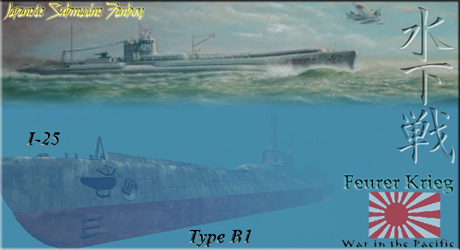Cuttlefish
Posts: 2454
Joined: 1/24/2007
From: Oregon, USA
Status: offline

|
June 8, 1945
Location: 100 miles northwest of Hakodate
Course: Northeast
Attached to: TF 21
Mission: Surface combat
System Damage: 5
Float Damage: 0
Fires: 0
Fuel: 375
Orders: Proceed to Wakkanai
---
War has a way of taking obscure places and elevating their names so that they echo in the pages of history. How many people would know anything at all about Gettysburg, even that it exists, had not Lee and Meade’s armies met there largely by chance? What would even students of history know about places like the Sajo river, the town of Waterloo, or the Gallipoli peninsula if armies had not met there?
These places become part of history, and sometimes part of legend. Their names are associated with glory, with tragedy, with victory, and with defeat. One thing can be said of almost all of them, however; you don’t want to be living in such a place when it is lifted from obscurity to fame. You really don’t.
---
Yamaguchi Prefecture is the southernmost prefecture in Honshu, a rugged peninsula bordered by the Sea of Japan, the Kanmon Strait, and the Inland Sea. It is not densely populated by Japanese standards, with few large towns and major roads. The capital is the city of Yamaguchi, near the center of the peninsula. The Japanese have few bases here; there are some naval and air facilities at Shimoneseki, at the very tip of the peninsula, and a modest naval base at Fukawa Bay on the Sea of Japan.
Fukawa Bay is warded by rugged and scenic Omijima Island. The bay itself is home to several small towns and fishing villages; in 1954 several of these will merge to form the small city of Nagato but as of 1945 they are still separate entities.
Allied planners had noted some time ago that there was almost no Japanese military presence on the peninsula. If an invasion force could pass the Korea Strait it could land there virtually unopposed. While the terrain at Yamaguchi is unfavorable for large-scale military operation the fact that it is a peninsula might make it an ideal and easily fortified base for further operations against both Kyushu and Honshu. Thus was born the initial planning for Operation Longbow, the invasion of Yamaguchi and the beginning of the conquest of mainland Japan.
For their part the Japanese have little dreamed that the Allies would attempt an invasion there. Such an effort would involve many difficulties and a great deal of risk. Thus they have turned attention to defenses elsewhere and are taken completely by surprise when American Marine and Army divisions begin to pour ashore against almost no opposition on the morning of June 8.
The invasion strikes both at wide sandy beaches just north of Shimoneseki and at Fukawa Bay itself. By the end of the day both locations are secure and American forces are driving inland to link up and secure vital road junctions at Ozuki and Nishiichi. Speed and surprise have brought the Allied forces early success.
But while there is no organized resistance there are several incidents that foreshadow the human tragedy of Yamaguchi. In most places the civilian population, quickly overrun and conditioned to obedience, cowers in their homes. But here and there, inland, the civilians fight back, in many cases wielding nothing more formidable than spears. They are mowed down by the hundreds. It is only a hint of what is to come.
---
Fukawa Bay and vicinity, map circa 1945 – 1950:

 Attachment (1) Attachment (1)
< Message edited by Cuttlefish -- 9/5/2009 1:14:13 AM >
|
 Printable Version
Printable Version




















 I enjoyed the levity of the "forum" entries and the thoughts that you planted.
I enjoyed the levity of the "forum" entries and the thoughts that you planted.


 New Messages
New Messages No New Messages
No New Messages Hot Topic w/ New Messages
Hot Topic w/ New Messages Hot Topic w/o New Messages
Hot Topic w/o New Messages Locked w/ New Messages
Locked w/ New Messages Locked w/o New Messages
Locked w/o New Messages Post New Thread
Post New Thread